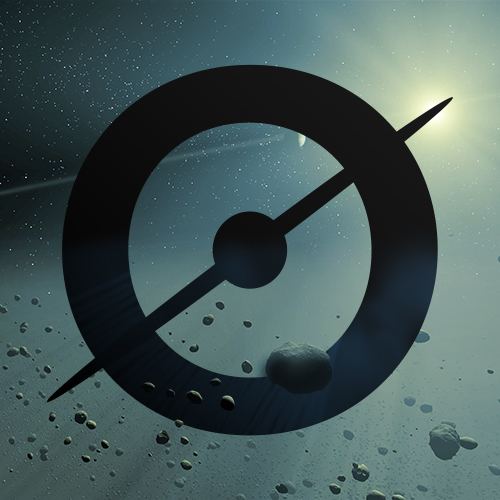Created by Disk Detective Team Commercial No | Website www.diskdetective.org | |
 | ||
Type of site Citizen science project Available in English, Spanish, German, Polish, Chinese, Indonesian, Hungarian, Romanian, Russian, Portuguese Owner Citizen Science Alliance | ||
Disk detective tutorial
Disk Detective is the first NASA led and funded collaboration project with Zooniverse. It is NASA’s largest crowdsourcing citizen science project aiming at engaging the general public in search of stars, which are surrounded by dust-rich circumstellar disks, where planets usually dwell and are formed. The principal investigator is Marc Kuchner.
Contents
Disk detectives
Details
Disk Detective was launched in January 2014, and is expected to continue till 2017. The public (aka the users) is invited to search through images captured by space agency's Wide-field Infrared Survey Explorer (WISE)) and other sky surveys: the Two Micron All Sky Survey (2MASS), the Digitized Sky Survey (DSS) and the Sloan Digital Sky Survey (SDSS).
The images in Disk Detective have all been pre-selected to be extra bright at wavelengths where circumstellar dust emits thermal radiation. They are at mid-infrared, near-infrared and optical wavelengths. Disks are not the only heavenly objects that appear bright at infrared wavelengths; active galactic nuclei, galaxies, asteroids and interstellar dust clouds also emit at these wavelengths. Computer algorithms can't distinguish the difference, so it is necessary to examine all images by "eye" to make sure that the selected candidates are stars with disks, and not other celestial objects.
Classification
At Disk Detective website, the images are presented in animated forms which are called flip books. The users view a flip book and classify the target object based on simple criteria, such as whether it is round in DSS2 or 2MASS images, or the object is extended beyond circle in WISE images, if there is more than one object in the circle or if it's off the crosshairs.
The ideal target is classified as good candidate, and further vetted by the advanced research group into a list of debris disk of interest (or DDOI) candidates.
The selected disk candidates will eventually become the future targets for NASA's Hubble Space Telescope and its successor, the James Webb Space Telescope. They also will be the topic for future publications in the scientific literature.
Seeking objects
The disks that NASA's scientists at the Goddard Space Flight Centre aim to find are debris disks, which are older than 5 million years; and Young Stellar Object, or YSO disks, which are younger than 5 million years.
Discoveries
The project has so far discovered the first debris disk with a white dwarf companion (HD 74389) and a new kind of M dwarf disk.
